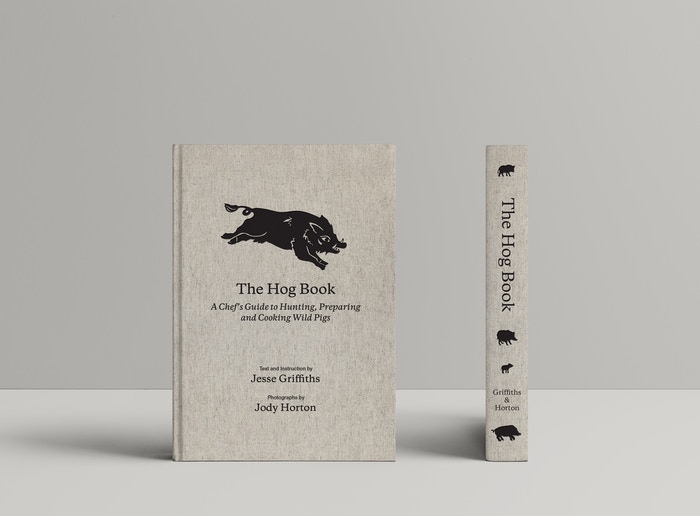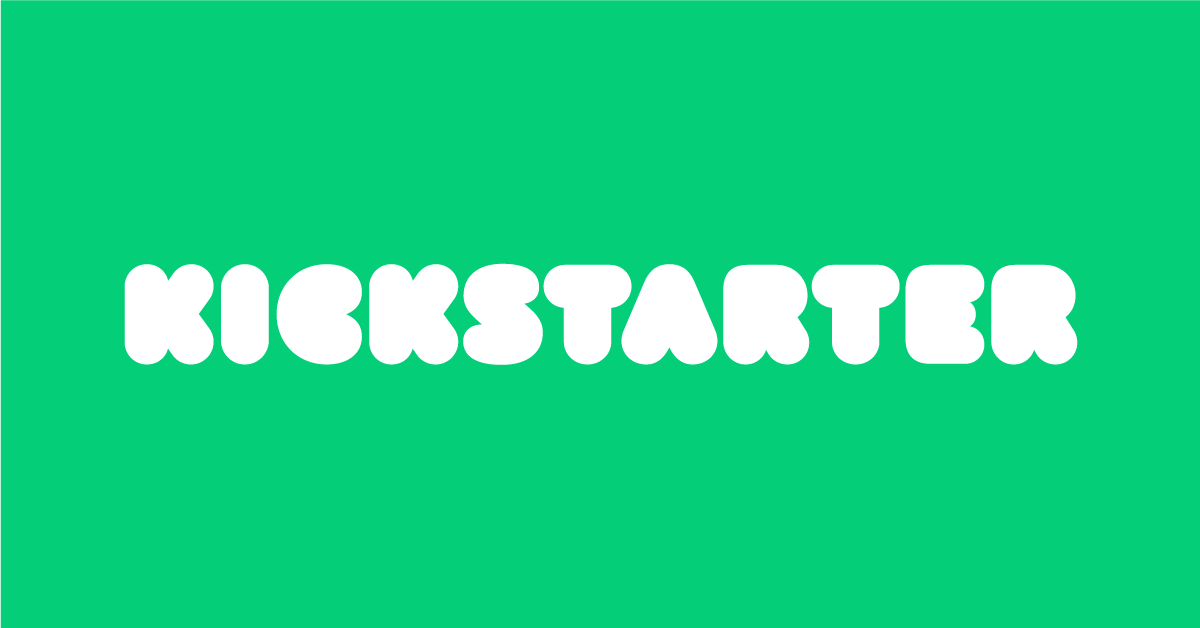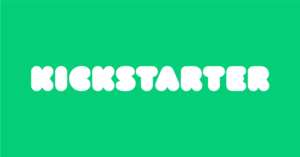I’d like to wish all of you math nerds reading this on or around March 14 a “Happy Pi Day.”
Since 2010, my family has celebrated the 3.14 calendar date by hosting a neighborhood pie-eating blowout in my backyard.1

Pi Day also reminds me of the one and only time I participated in a Kickstarter campaign. Back in 2013, via Kickstarter, I pledged $15 in advance to a complete stranger on the internet who promised to manufacture metallic baking pans in the shape of the Pi symbol. Obviously I had to have one. A few months later, he delivered. I’ve been the happiest Pi Day nerd in the world ever since.
Kickstarter, originally launched in April 2009 – in the depths of the Great Recession – offered an entirely new way to fund creative ideas. “Kickstarter” quickly became a brand that sounds less like a company and more like a whole category of how to do things, kind of like Kleenex and Zipper started as brands but then just became the word for a thing that we all need.
But the company is real, not just a word. Kate Bernyk, Senior Director of Communications, says they have been profitable since the beginning, and currently count 90 employees.
The largest category of Kickstarter projects are games, followed by art, design, film, music, fashion, and comics. The typical person who raises money on Kickstarter is an artist, a musician, a builder/designer, or an author – someone who has something new and experimental to try, but not the funding to make it happen right now.
Kickstarter specifically does not allow backers to fund traditional businesses through a loan or ownership in a business.There are other online funding platforms for that. But many businesses use Kickstarter to experiment with new project ideas and new product lines.
Austin-based camping equipment marker Kammok launches product designs on Kickstarter, with nine successfully-funded products, from a 2-person tent to a hammock tent, to sleeping bags and quilts.
Necessity as the mother of invention led to a new use for Kickstarter in the past year. Bars turned to Kickstarter to market private-venue rental events, or to fund the creation of branded swag to keep the lights on, or to provide specific musical rewards for customers. The COVID-era version of projects on Kickstarter became known at the company as “LightsOn,” because that’s what businesses needed to do by necessity this past year.
Kickstarter does not do fundraising for purely philanthropic projects. There are other online funding platforms for that as well. And yet, a clear social-mission orientation drives a huge number of projects on the platform. Bernyk pointed me proudly to the company’s corporate charter as a Public Benefit Corporation. This is a state designation that I’d never heard of before, but indicates a kind of additional bottom-line beyond profit, to include social values, support for artists, transparency, and other “Don’t Be Evil”-type company practices.
That is not to say that people and businesses can’t make money with Kickstarter. I contacted the producer of the Pi Pan from 2013, not realizing originally that he’s actually from my hometown, San Antonio. Garrett Heath says he and his partners made money from Pi Pans. And, they continue to sell Pi Pans on Amazon, which he says provides him with a small but welcome income every year. He’s very enthusiastic about Kickstarter’s role in helping them fund a manufacturing mold and original large purchase order that otherwise they could not have funded.
Kickstarter charges 5 percent of the money raised by each project. That is, according to Bernyk, their entire revenue stream. They update their daily stats on their website, which include $5.08 billion raised in total, over 197,579 projects, and a 38.5 percent success rate on projects launched.
Since 2012, the company has successfully facilitated funding for between 18,000 and 22,000 projects per year. 524 projects have raised over a million dollars, including some high profile movies and documentaries.
The Hog Book: A Chef’s Guide to Hunting, Preparing and Cooking Wild Pigs got funded recently for a $45 pledge. It is scheduled for delivery in April 2021. The Hog Book is also a project coming out of Texas, because duh, obviously. I assume you’re going to want to order that book for Texas Hog Day, which happens in April every year?[2. Ok, I just made that last holiday up.[

The defining characteristic of a Kickstarter project is that it’s a time-limited “project,” with a clear beginning, middle, and end.
Kickstarter’s success supports one of my counterintuitive but strongly held beliefs about money, namely: there is always more money available than there are good ideas to fund. Wealthy philanthropists know this. Venture capitalists and angel investors know this. They always suffer from too much money and too few good ideas to fund.
Now, I will admit, regular people mostly walk around with a scarcity mindset. I mean the “I wish I had more money,” mindset. Whenever I have a brilliant idea, my next follow-up idea is “Well, but where would I get the money for that?”
But see, that should not limit creative people. Since 2009 with Kickstarter, the money part has largely been taken care of, at least for certain types of creative projects.
For Heath, he’s pleased with the realization of his brilliant idea, made possible by Kickstarter. “It was a great experience. It opened up the doors to make something cool, and something relatable that people love. Those Pi Pie pans will be around for an irrationally long time.”
I see what he did there. Heath is officially invited to my next Pi Day Party, March 14, 2022. As are all of you. Entry fee: Bring a pie for every 3.14 guests. Extra props if you bake the pie in a pi-shaped pie pan.
A version of this post ran in the San Antonio Express News.
Post read (139) times.
- Sadly, no pi party was held this year. #ThanksCOVID. ↩






